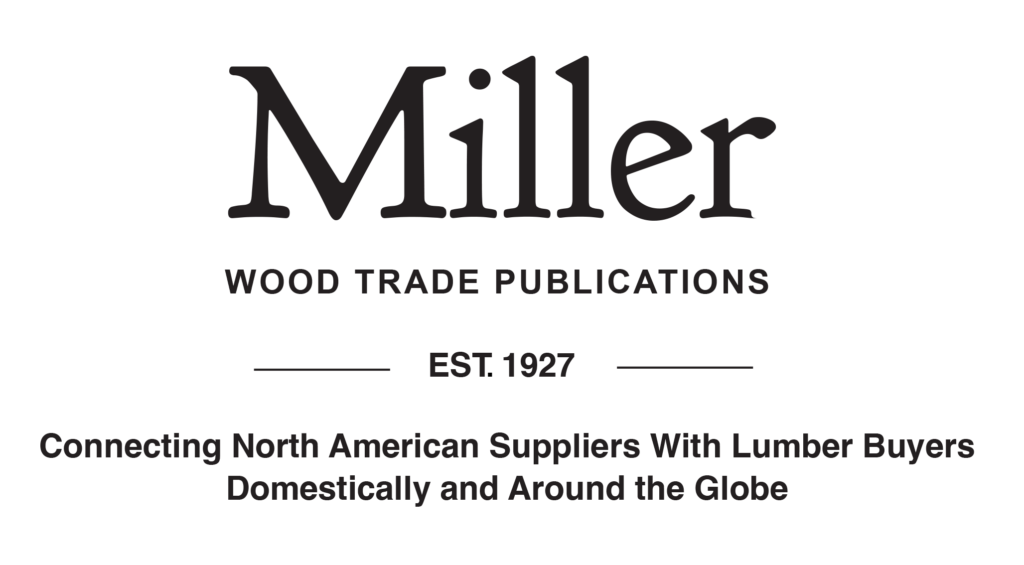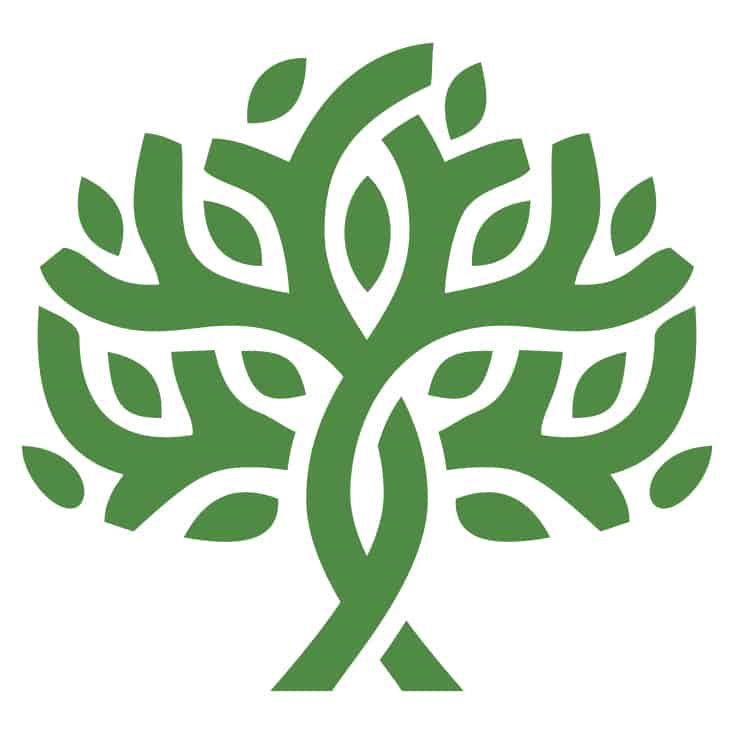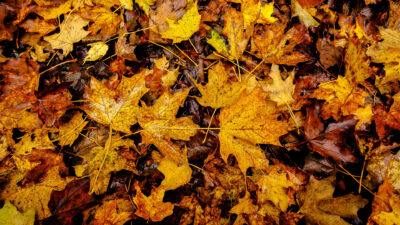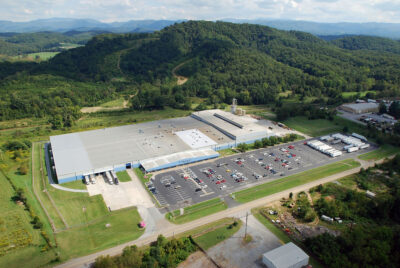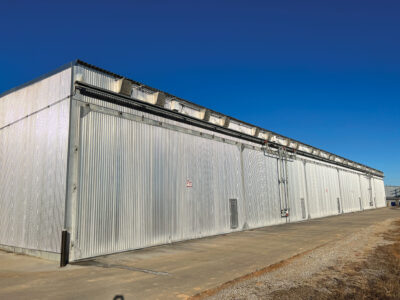West Coast Business Trends
Sources in the West Coast agree that the market was steady at the time of this writing, but tariffs are an issue. Some cited a slight impact and others a larger one.
A Washington lumber supplier said there was market activity, but it was spotty. He said it is down from six months ago and “medium at best” now. He primarily services distribution yards and end users east of the Mississippi River and in Canada.
“You might have a distributor or OEM say they are busy but then the next customer says they’re slow. It’s truly a mixed bag,” he said. “In the first quarter, things that I thought were on the up and looking good are now lowered.
We were running 50 hours a week, but now second quarter, we’ve reduced the mills to 40 hours a week and are barely keeping up with production.”
The species and grades of hardwood his company sells are Alder, Pacific Coast Maple and Cottonwood in all grades and 4/4 through 12/4 thickness. Upper grade Alder is selling the best.
His customers are both distribution yards and end users. “If you ask the distributors what’s selling better than hardwood it’s sheet goods and plywood,” he said. “You talk to the cabinet manufacturer, and they’ll tell you they’re busy but it’s not for wood it’s particle board and MDF. So, all that multifamily housing being done, apartments, dorms and things like that, it’s all as cheap as they can make it with substitute products.”
While transportation is “readily available and the cheapest I’ve seen it,” tariffs are an issue, “We do export to Asia and other countries. It’s affecting us and it’s been like a yo-yo. Such as how the tariffs got extended to China for another 90 days. We might have a month of good orders, and crickets until whatever they decide to do,” he said.
He concluded with, “I think the hardwood industry as a whole, really needs to protect our domestic species.”
A hardwood spokesman out of Oregon said the market is doing better than six months ago. As it seems to have been flat previously, further into summer it is getting better.
“I think it seems to be more on the commercial side and maybe less apprehension over financial markets than there were a few months ago. Jobs are also starting to break loose,” he said.
Upper grade Alder, Poplar, White Oak and Walnut keep West Coast busy
His company handles roughly 80 species from around the world including domestic Red and White Oak, Poplar, Walnut, Maple, Cherry and Alder in mainly upper grades and No. 1 Common in 4/4, 5/4 and 8/4 thickness.
They sell to “cabinet makers, fixture manufacturers and furniture makers,” he said. “Selling the best volume wise is Poplar, but dollar wise it’s between White Oak and Walnut.
“Transportation has not been an issue for us, and it has improved availability. However, price wise it hasn’t moved much, but there is much more out there, so they are ringing my phone off the hook with offers to move freight,” he said.
He also commented on being affected by the current state of the tariffs. “I wouldn’t say anything overly dramatic.
We are seeing some impact out of South America, but it hasn’t been dramatic. Just some minor price adjustments,” he said.
A California salesman mentioned the market is steady and, due to the weather, better than six months ago. “I don’t know if we are waiting for the other shoe to drop. Who knows what’s going to happen,” he said.
“In the hardwood lumber industry, we do mostly remodels or custom homes and people aren’t turning these houses. I don’t know if it’ll be slow down the road, but they haven’t been turning,” he said.
His company markets Red Oak, Poplar and Walnut. Sales are up. Maple is steady and Cherry has seen activity. They offer 4/4 to 8/4 on everything and 4/4 through 16/4 on select species. Their best seller is 4/4 Poplar.
They sell to lumberyards, wood product manufacturers, including architectural millwork and store fixtures. “A lot of our cabinet guys don’t have full lead times, so there must be less work. Some say the problem holding them up is they can’t get employees. I don’t think there’s enough people getting trained,” he said.
Transportation has not been an issue, but tariffs have affected them. “We import from Spain, Germany, Asia and Estonia. There’s an increase and there’s going to be a problem because some of our domestic hardwood mills are trying to impose countervailing duties. The imported plywood fills a niche, it’s a low-cost product and there’s a place for it. If we lost that then domestic mills would never keep up with the demand. It’ll cause price increases, and we are worried about that,” he said.
